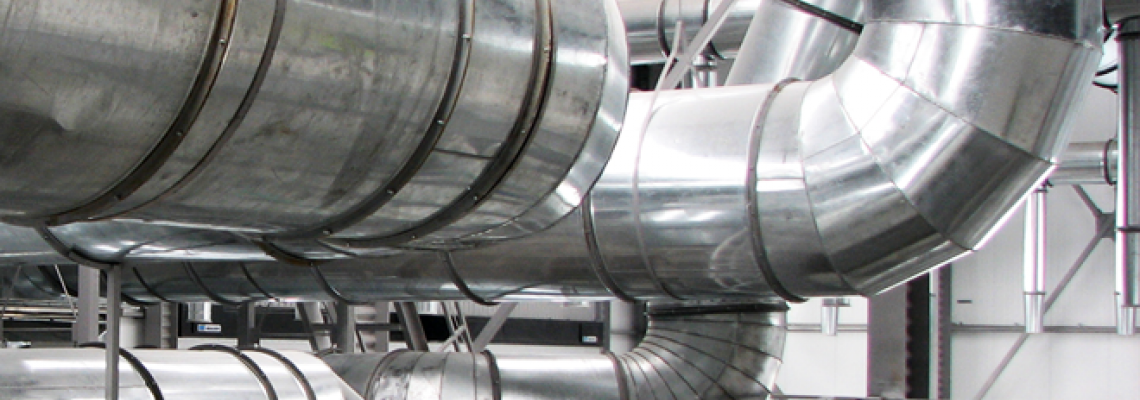
Ventilation in every room
Both in the residential and in the working room, constant air circulation is needed. It is naive to believe that in modern buildings it is sufficient in itself and nothing needs to be done to improve the situation. Especially if there are a lot of people in the room.
Ordinary ventilation is not enough for the air to constantly change and circulate. For these purposes, special equipment is installed (additional devices in the ventilation system, ventilators, breezers, etc.). To understand which one you need, you need to familiarize yourself with the ventilation standards in the premises, and also make sure that this process is necessary.
Norms and standards
In most apartment buildings and office buildings built about 20-30 years ago, the ventilation system is natural, which does not provide for either exhaust air output or fresh air supply equipment. These processes are carried out by opening windows, but this is absolutely not enough.
There is also "forced" ventilation, equipped with special devices. However, it is installed only in new buildings and elite residential complexes, and even then not at all.
And as a result, residents do not receive enough oxygen, and the owners of apartments on the top floors generally live in stuffiness. Constant ventilation, especially in winter, becomes not only time-consuming, but also economically unprofitable process due to heat loss.
Or, after installing new plastic windows, the room suddenly becomes stuffy. It is easy to explain this: modern double-glazed windows are sealed and do not let in air from the street, and the older windows familiar to us had cracks, which provided a small air exchange, but in the cold season and heat loss. It turns out that with the improvement of windows, people have become in poor conditions with respect to oxygen, so it is necessary to provide ventilation according to the norms.
- GOST provides 20 cubic meters per hour for each person of oxygen;
- according to the Euro standard, 60 cubic meters per hour.
There are also very clear norms for the amount of carbon dioxide that accumulates when the air is "spent". The limit of the permissible value is 1400 ppm, normally 600 to 800 ppm is allowed.
In the calculations, the greatest value of air exchange is taken either by the number of people or by the area (volume) of air. The multiplicity of air exchange in the room is different depending on the type of premises, for example, in residential premises, the multiplicity of air exchange is 1:4, that is, in 1 hour you need to perform a 4-fold air exchange (4 volumes of air should enter and exit the room) and for wet rooms (bathroom, dishwasher) 1 to 10
The use of high-quality ventilation
When a person feels stuffy, this is already an indicator that carbon dioxide is 6-7 times more than the permissible amount.
Indirect signs may also indicate this:
- poor concentration,
- yawning, sleepy,
- fatigue, apathy,
- a bad dream, after which there is no feeling of a rested person.
When proper and high-quality air circulation and air exchange are provided, then all health indicators increase. The household members become cheerful and feel great, the employees' efficiency and creativity increase. Do not underestimate the benefits of oxygen and at the same time the harm of carbon dioxide, which affect all human vital signs.
Ventilation, which is properly adjusted, also eliminates the problems of accumulation of dust or greasy soot in residential premises, helps to normalize humidity. During the heating season, the importance of air exchange is even greater – because of the batteries, the air in the apartments becomes dry and stuffy, and when you ventilate, you lose precious heat.
Therefore, you should not rely on natural processes in the ventilation shaft or on an inexpensive fan – for your health, you need to install professional equipment based on the area of the room and the characteristics of the house.

Leave a Comment